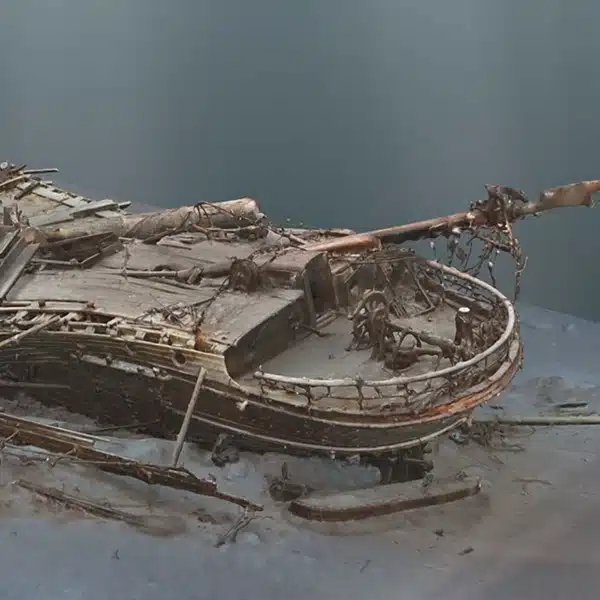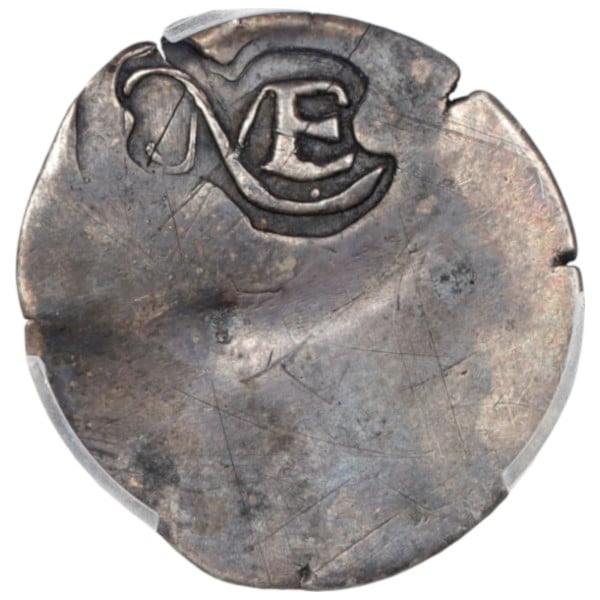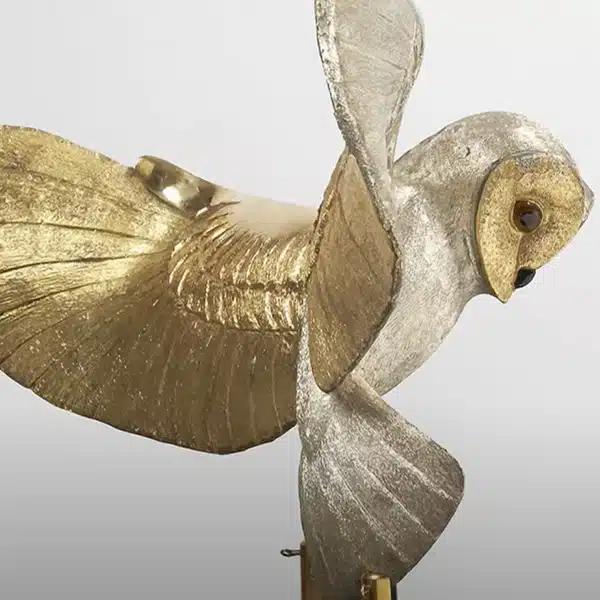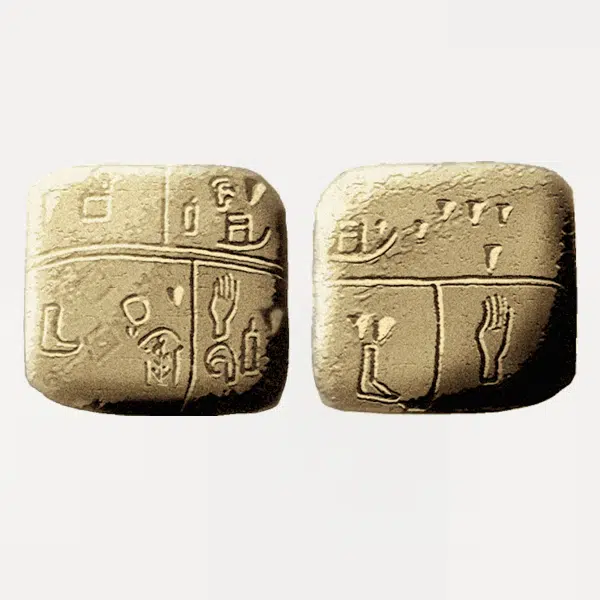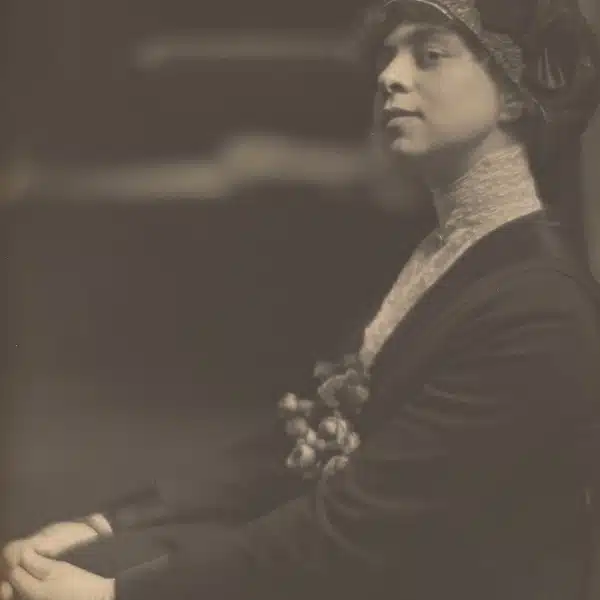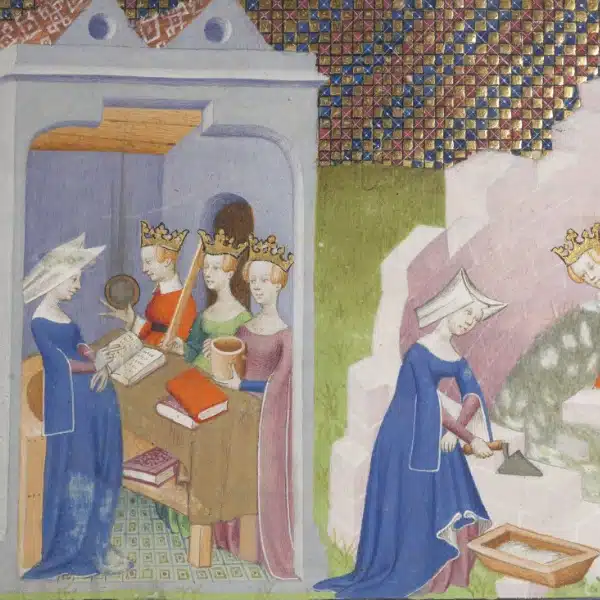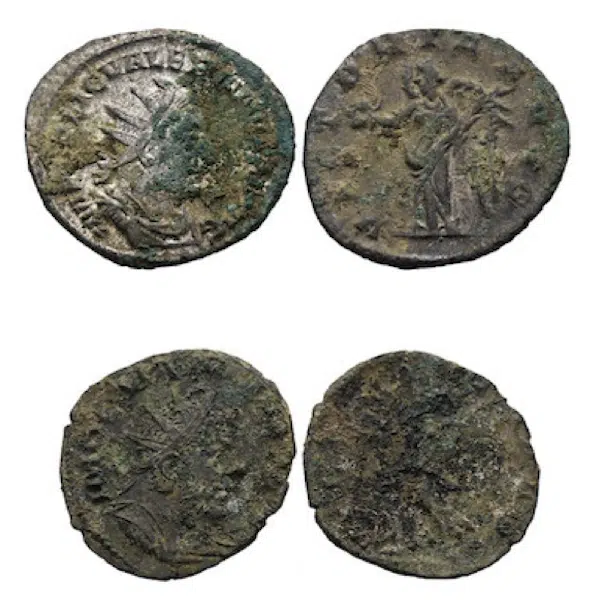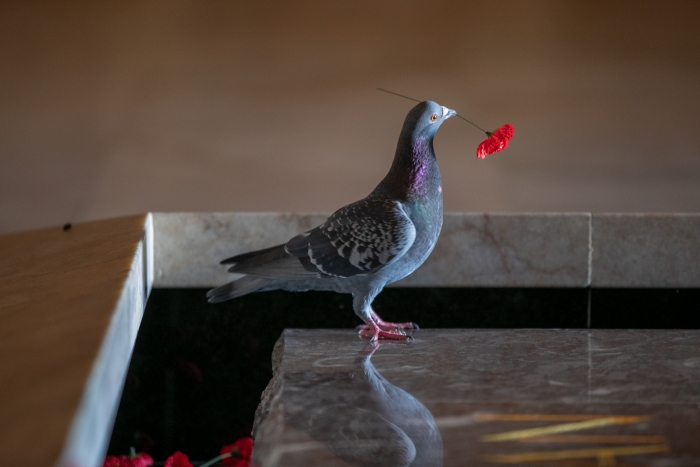
Poppies have become a lasting symbol of the endurance and perseverance of wounded soldiers, especially since they've been seen growing on battlefields after World War I. They're particularly prominent on Remembrance Day, which honors those who have died in the line of duty and is celebrated across the UK and Commonwealth states. Observed since the end of World War I (as early as 1919), associations have sold cotton or silk poppies to raise money for veterans. In Australia, one animal decided to pay their respects by using poppies in a decidedly different way.
Since early October, the staff at the Australian War Memorial had noticed that poppies were disappearing from the Tomb of the Unknown Australian Soldier. It caused some confusion until the staff looked up. There they saw that a pigeon has been carefully crafting a nest on the ledge of a stained glass window. The fact that the pigeon was the poppy thief was actually a pleasant surprise given the role that these birds had during times of war.
As historian Dr. Meleah Hampton points out, communication was difficult during early wars as the technology we have now simply wasn't available. Just as horses were used to transport troops and supplies, pigeons were used to carry important messages at times when soldiers weren't able to relay information easily. Their role carried on well into World War II, when environmental conditions continued to cause communication issues.
“We often think about the Second World War as a time when technology has taken over,” said Dr. Hampton. “We’ve got our trucks instead of horses, and wireless radio, and sophisticated radar signals, and all those sorts of things. But particularly in the Pacific, the mountains and the humidity meant that the wireless radios didn’t work very well, so pigeons were actually the most effective way of getting messages up and over the Owen Stanleys, and throughout the islands.”
In fact, pigeons were such a valuable military asset that the Australian Corps of Signals Pigeon Service was created in 1942. Over the course of two years, 13,500 pigeons were trained as carriers and Australia even advised the American military on how to start their own service. In the end, pigeons were so good at their job that several were awarded the Dickin Medal, which was awarded to animals who displayed high levels of service and devotion during World War II.
Given this special relationship between pigeons and the military, the nest takes on a whole new meaning. In its own way, the pigeon paid homage to the service of its ancestors and their human handlers.
Workers at the Australian War Memorial noticed poppies were going missing from the Tomb of the Unknown Australian Soldier.
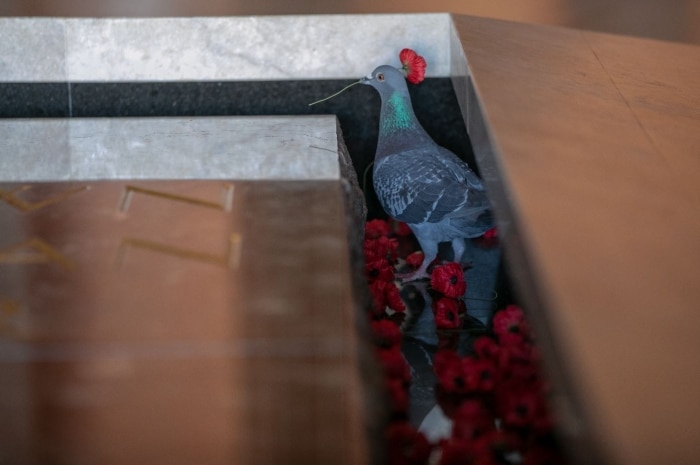
The thief was a mystery until they looked up and saw a pigeon making a nest high on a window ledge.
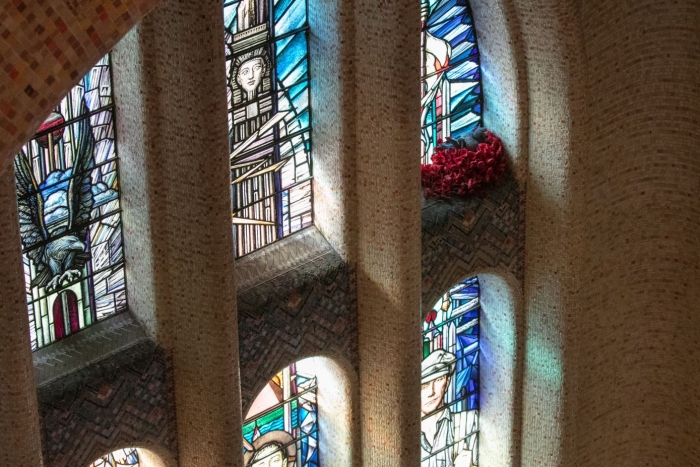
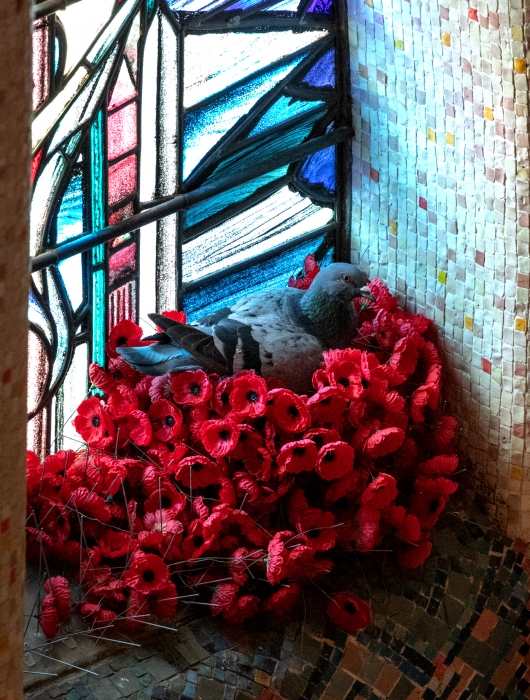
It was a fitting tribute as pigeons have served an important purpose in times of war.

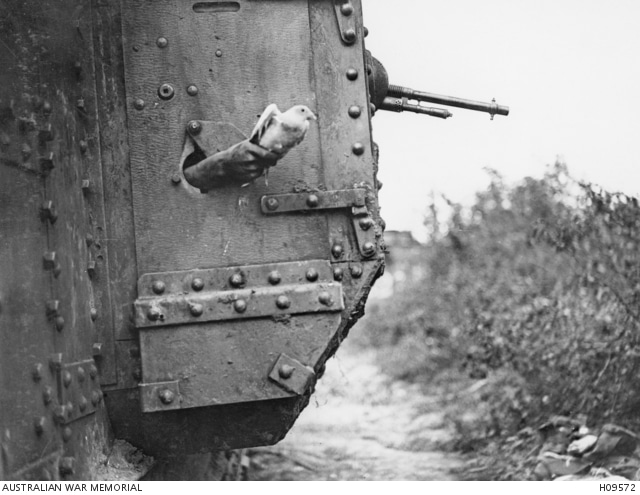
They were particularly helpful in communications during World War II.

Photo: Royal Air Force official photographer [Public domain], via Wikimedia Commons
My Modern Met granted permission to feature photos by the Australian War Memorial.
Related Articles:
Carrier Pigeons Wearing Backpacks Help Scientists Collect Climate Data
Interview: Photographer on a Quest to Immortalize the Last of America’s World War II Veterans
Perfectly Aligned Pillars Spotlight US Seal on Veterans Day
Over 4,300 Vintage Photos From the Invasion of Normandy Are Available Online











































































